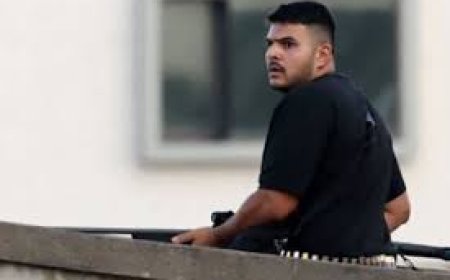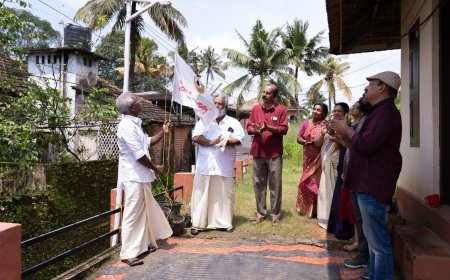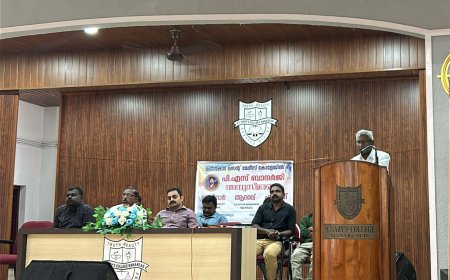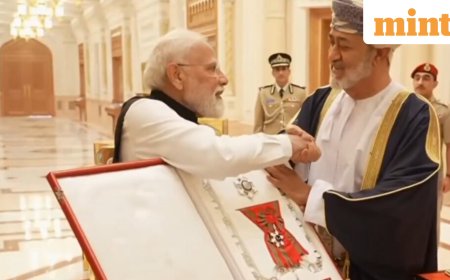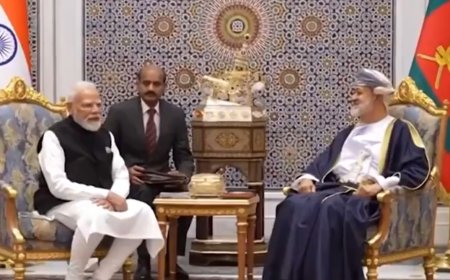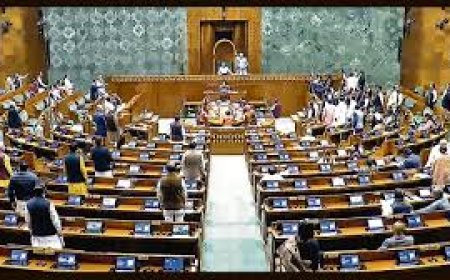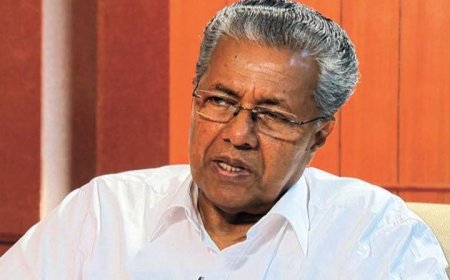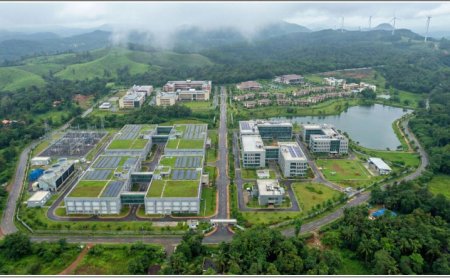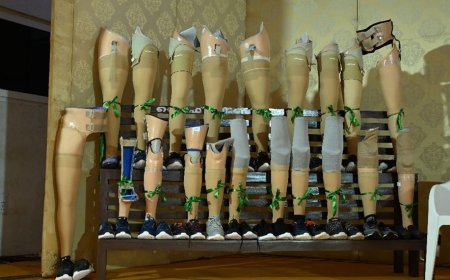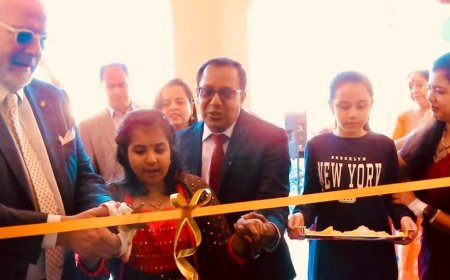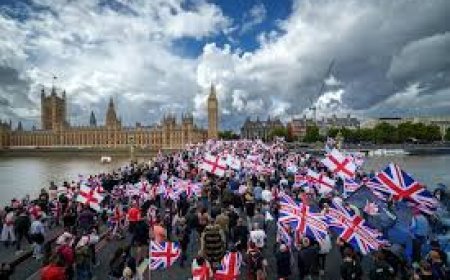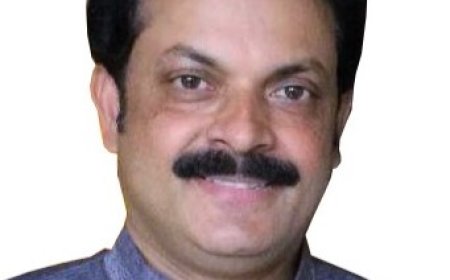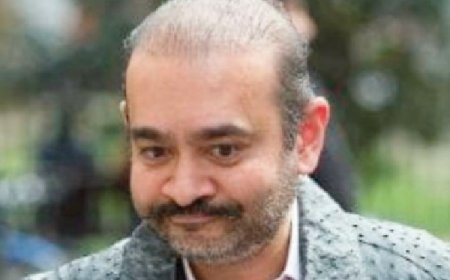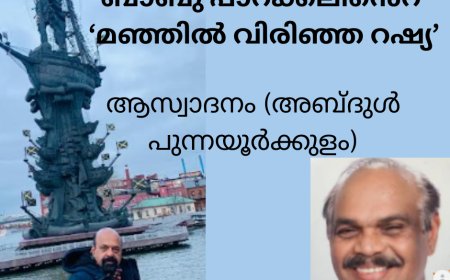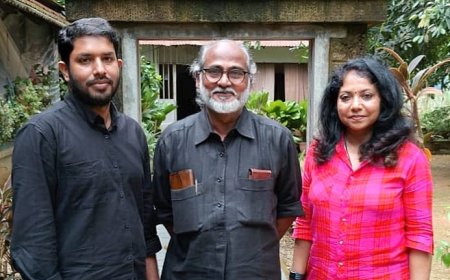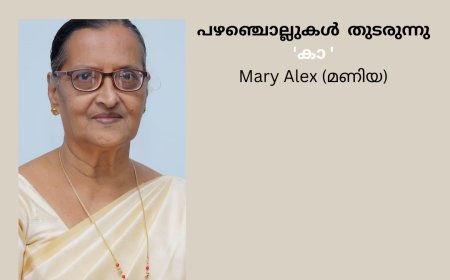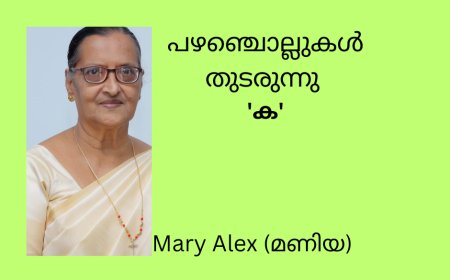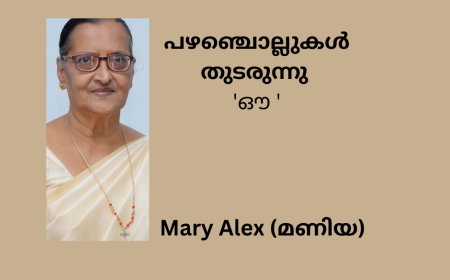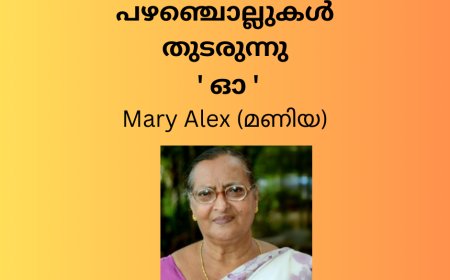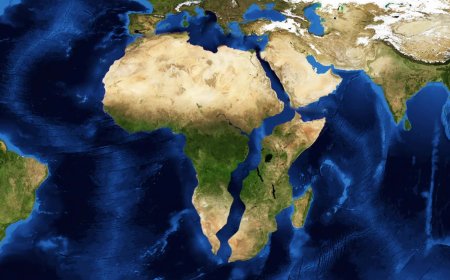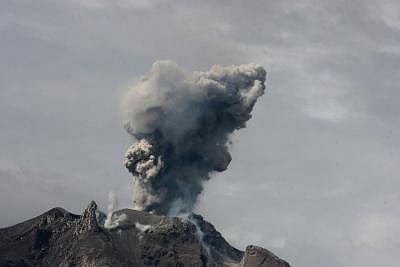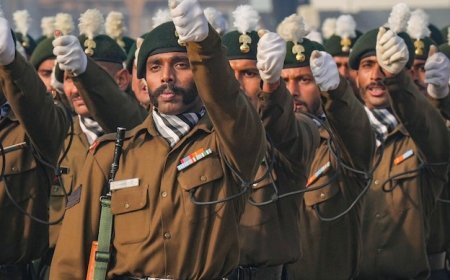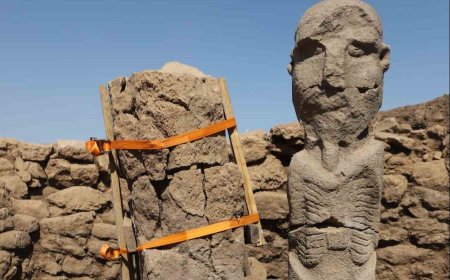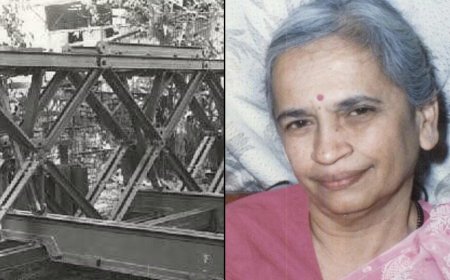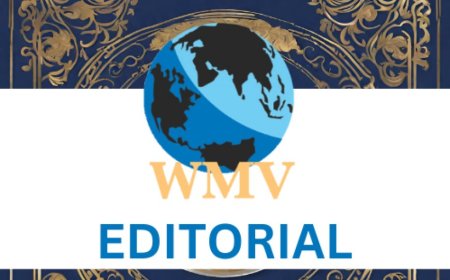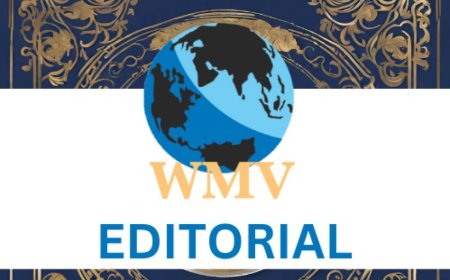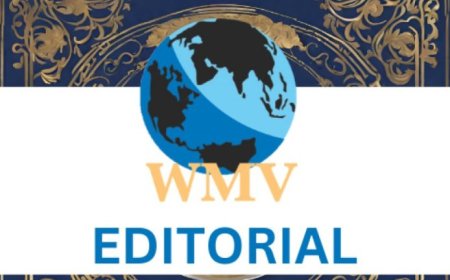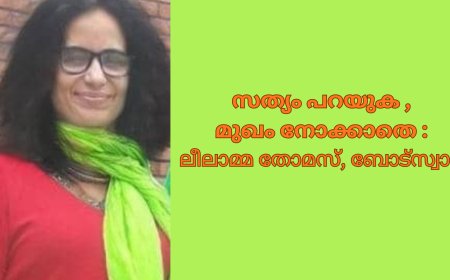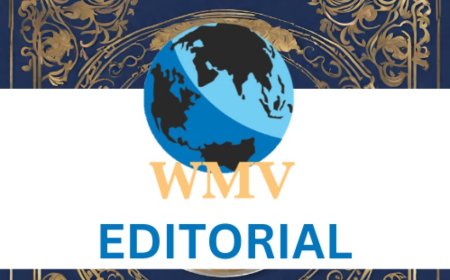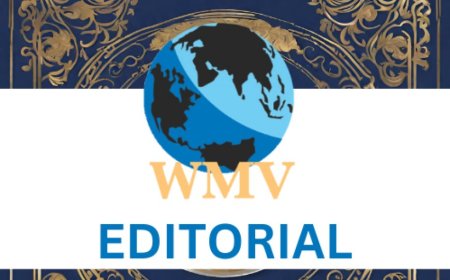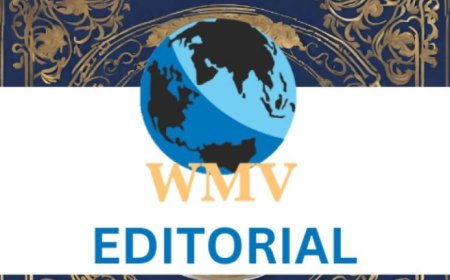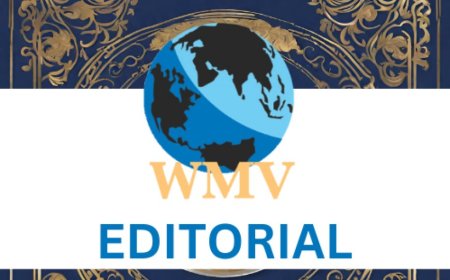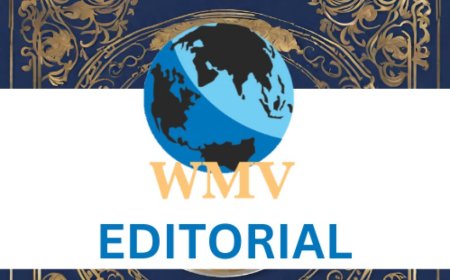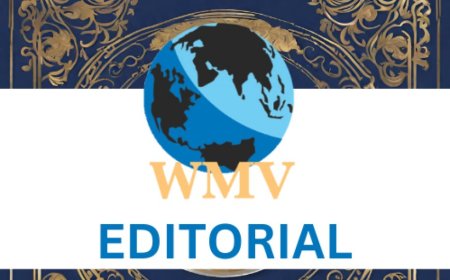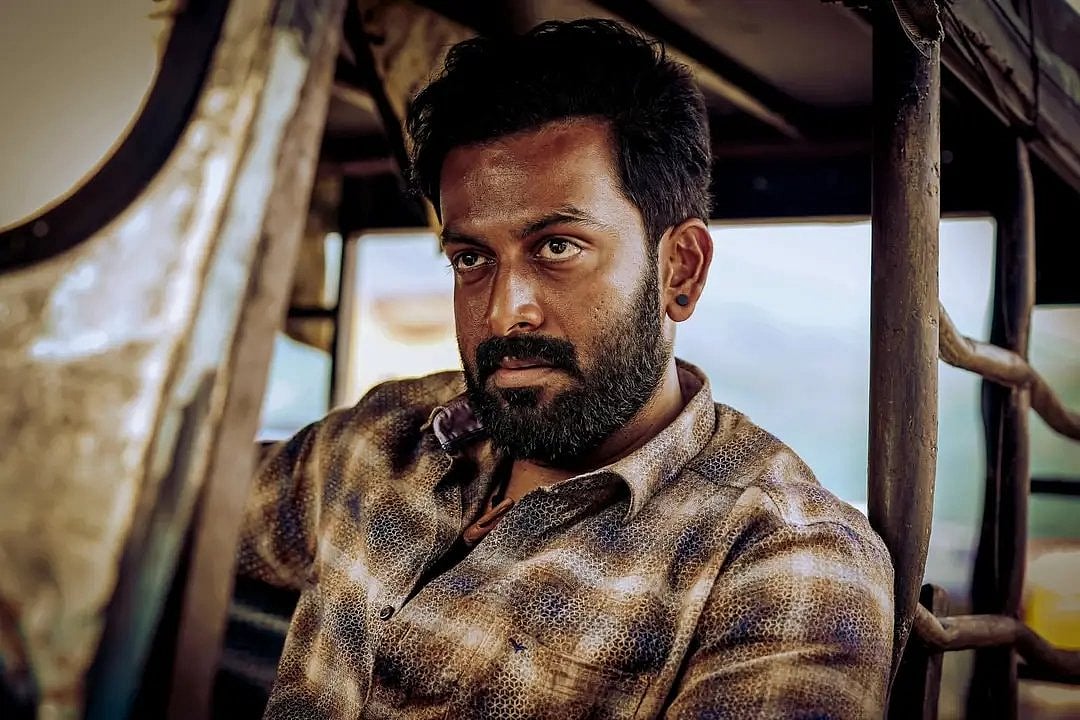Let’s be optimistic for a lasting Mideast peace
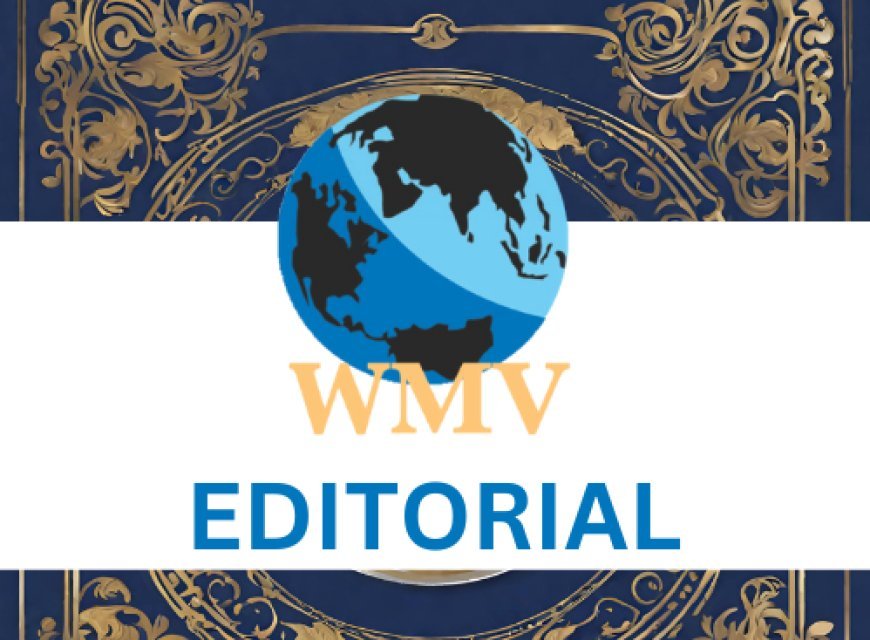
THERE’S light at the end of the tunnel of lasting peace after Israel and Hamas this week signed a ceasefire agreement.
Ceasefire does not mean there’s lasting peace. It saves lives, allows aid to flow and gives families a fragile sense of safety, besides opening the door to broader peace efforts among diplomats.
“This is the historic dawn of a new Middle East,” US President Donald Trump declared after the hostages were released.
Prime Minister Narendra Modi on Monday welcomed the release of Israeli hostages from Gaza and lauded Trump's peace effort that he described as “unwavering” along with the “strong resolve” of Israeli PM Benjamin Netanyahu.
PM Modi said the country supports Trump's sincere efforts to bring peace to the region.
“We welcome the release of all hostages after over two years of captivity. Their freedom stands as a tribute to the courage of their families, the unwavering peace efforts of President Trump and the strong resolve of Prime Minister Netanyahu. We support President Trump’s sincere efforts to bring peace to the region,” PM Modi wrote on X.
But prospects for a permanent peace in the region remain uncertain.
The deal, initiated by Trump, facilitated a significant hostage and prisoner exchange but left major issues unresolved.
Besides achieving a ceasefire and the release of hostages and prisoners, a summit held in Egypt has garnered international support, as it was attended by representatives from around 30 countries and several international organisations, demonstrating broad global support for de-escalation.
Another positive side of the summit was that discussions included plans for the reconstruction of Gaza, with pledges of funding from various nations.
But, according to analysts, significant obstacles to lasting peace remain.
The underlying issues of occupation and Palestinian self-determination were not addressed, as Palestinian leaders were not fully included in the negotiations. The plan includes the possibility of a Palestinian state, but only after a lengthy transition period and Palestinian Authority reforms.
Israel's demand for Hamas to disarm remains a major point of contention. Hamas has refused, while analysts warn the truce may be temporary if the group is not neutralised.
Key parties were absent at the summit. Neither Israel nor Hamas participated directly in the signing of the deal. Israeli Prime Minister Benjamin Netanyahu was absent from the summit, and Iran's president and foreign minister declined the invitation.
Gaza governance remains uncertain. The plan suggests an international body will oversee Palestinian technocrats governing Gaza, but with continued opposition from Hamas and the Palestinian Authority, the territory's future governance remains unclear.
Following the summit, there have already been reports of challenges to the agreement, including delays in aid delivery and renewed clashes between Hamas fighters and local clans.
Critics described the summit as a political spectacle, citing the lack of consensus and the exclusion of key Palestinian representatives. Some experts have pointed out that the deal does not resolve fundamental issues and differs significantly from previous successful peace agreements.
The prospects for permanent peace are still fragile. Major political and security challenges persist, and the long-term success hinges on resolving deeply rooted issues that were not fully addressed during the negotiations.
Experts remain deeply sceptical that the ceasefire can evolve into a durable peace, citing Israel's internal political fractures, the colossal task of reconstructing Gaza, and the uncharted question of who will govern the territory once the fighting stops.



